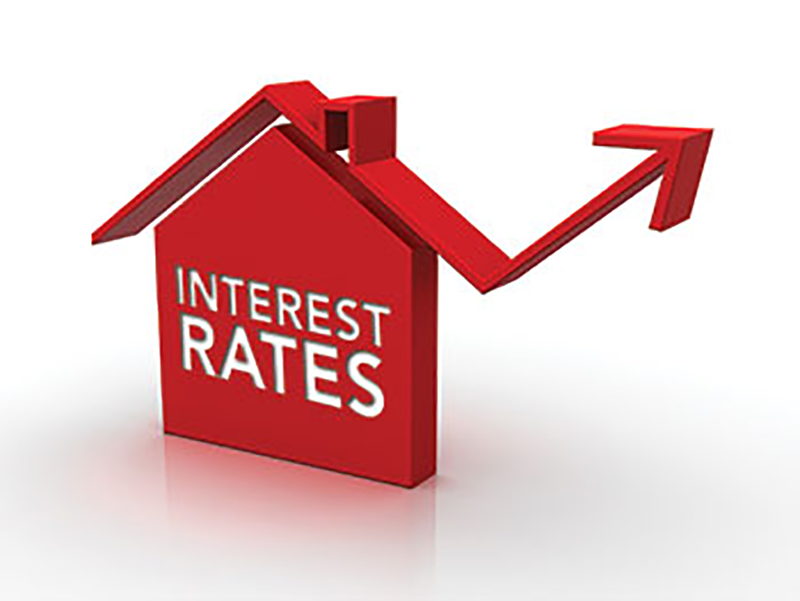

There are fresh indications that Commercial banks across the are already alerting their customers of an impending increase in interest rates on loans.
iBrandTV gathered that the development is in response to the current economic situation in the country.
Multiple sources confirmed that account officers have started calling customers with consumer loans to expect an interest rate hike.
This means customers with personal loans, mortgage loans and other forms of loans should expect communication from their banks that interest rates may rise soon.
The most populous black nation has witnessed galloping inflation in recent months jumping to as high as 18.17% in March before tapering to 18.12% in April.
Despite the rising inflation rate, the central bank monetary policy rates (MPR), which is a benchmark for interest rate setting remains at 11.5%.
The Central Bank in its monetary policy committee meeting held last week reiterated its preference for cheaper credit to the real sector of the economy citing its effect on spurring economic growth.
The apex bank had stated that, “An expansionary stance of policy could transmit to reduced pricing of the loan portfolios of Deposit Money Banks and result, therefore, in cheaper credit to the real sector of the economy. On the converse, this expected transmission may be constrained by persisting security challenges and infrastructural deficits.
“On the other hand, while a contractionary stance will only address the monetary component of price development, supply-side constraints such as the security crisis and infrastructural deficits can only be addressed by policies outside the purview of the Central Bank.
“A tight stance in the view of members, will also hamper the Bank’s objectives of providing low-cost credit to households, Micro Small and Medium Enterprises (MSMEs), Agriculture, and other output growth and employment stimulating sectors of the economy.”
READ ALSO: Will the Naira ever return to its former glory?
However, banks appear to be responding to a slew of economic indicators that may be masked in the CBN’s monetary policy actions.
For instance, the over N10 trillion CRR debits suffered by banks in the hands of the CBN has driven interbank rates higher forcing banks to search for fixed deposits from institutional investors such and pension funds and mutual funds at exorbitant rates. Thus, to maintain their margins, banks appear to have decided to pass this higher cost to borrowers.
Lending rates had dropped over the last one year following a CBN policy on open market operations that crashed deposits rates market-wide. For example, as of June 2020, prime lending rate was as high as 15.92% while maximum lending rate was as high as 30.73%. However, as of April 2021, CBN data indicate prime and maximum lending rates were 11.24% and 28.64% respectively.
But while banks mull increasing lending rates, savings deposits rates remain at an all-time low. CBN data also reveals ordinary one year fixed deposit averaged 5.78%, down from above 8% a year earlier. Savings deposit rates still attract less than 4% in interest rates.
Banks are also responding to a higher inflationary environment as inflation at above 18% implies that their real interest rate for lending (after adjusting for inflation) is negative. Borrowers fair better during higher inflation as they pay less in real terms compared to periods of low inflation. However, banks mitigate against this by charging interest rates higher than inflation, especially for risky loans.
Most tier 2 banks charge the highest interest rates in the market. For example, Heritage Bank and Keystone Bank charge 27% and 21% respectively for loans to both the Agriculture and Manufacturing sectors respectively.
